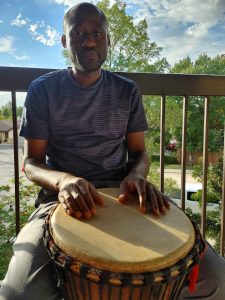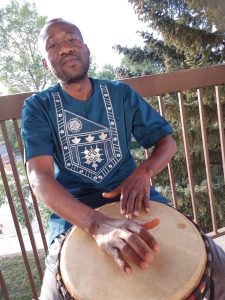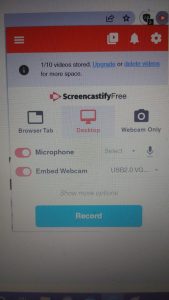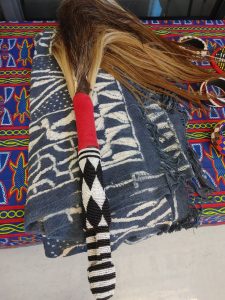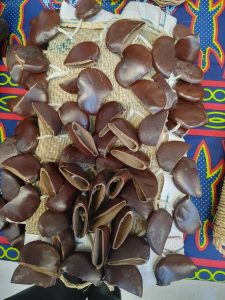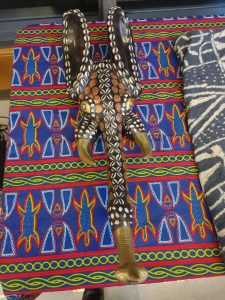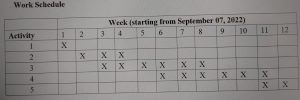The drum circle is one of the oldest forms of the creation of the community. In practically all of the ancient civilizations we have news about, people gathered regularly to fulfill their various types of rituals, such as weddings, births, deaths, planting and harvesting. In short, drum circle is a group of people playing drums together. It is also practiced in Canada to celebrate nations, and more specifically by indigenous peoples.
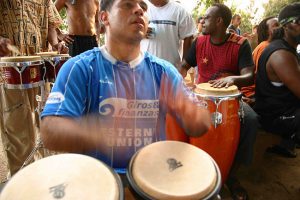
A drum circle in Meridian Hall Park, Washington D.C. Photo by Elvert Barnes
There are three distinct types of drum circles:
- Open drum circle
This is an open and free drum circle, without rules. There is no protocol. The rhythms evolve totally at random. At certain moments the drum stops in order to reorganize and/or start a new rhythm. In this type of drum circle, one participant in the middle point another participant to stand out. Once the participants come to a rhythmic agreement, a “rhythmic alchemy is created” where the group, through this momentary musical collaboration, creates a single harmonic voice.
- Specific Cultural drum circle
This type of drum circle follows a specific ethnic-cultural model that is generally characterized by the use of instruments typical of a certain culture or social grouping, the formation of choirs, pre-structured rhythms, folkloric and ritualistic aspects, typical dances, costumes, among others. Examples: Senegalese drum groups, Afro-Cuban, etc.
In preparation for our local cultural event, here is a video of what our training. Please note that we will be wearing typical clothes while I will be drumming and singing during the event in November.
- Community drum circle
In this one, anyone is welcome to participate; there is no commitment to prior musical knowledge or practice of drumming. An open space where people can come to gather and share the pleasure of playing, dancing and singing together. Within this category are drum circle for specific populations, such as children, schools (all levels), colleges and universities, etc.

Photo by Al Paton, from https://afrodrumming.com
Of note, drum circles are also used in education as you can see in the video below. This can be very amazing for students.
I hope to post more videos of our practice in preparation for our local cultural event in November. Looking forward to receiving your comments.




